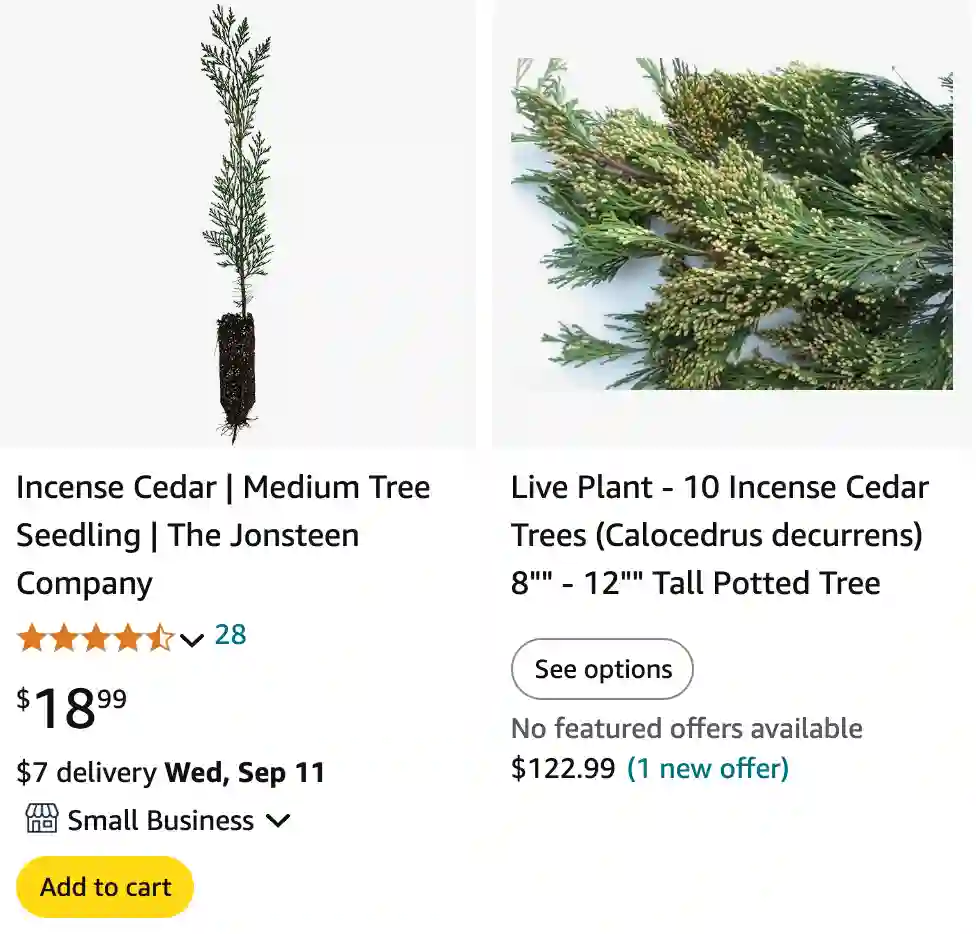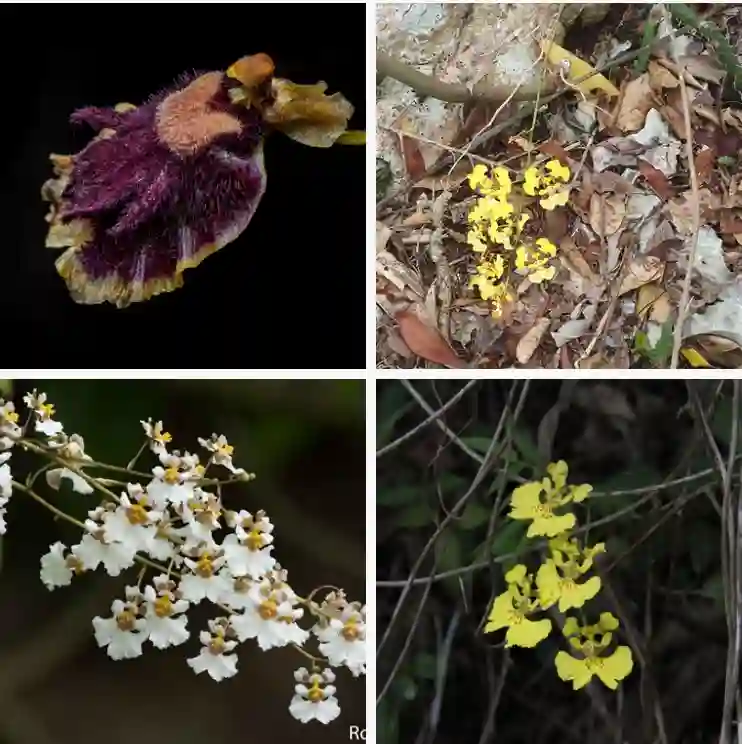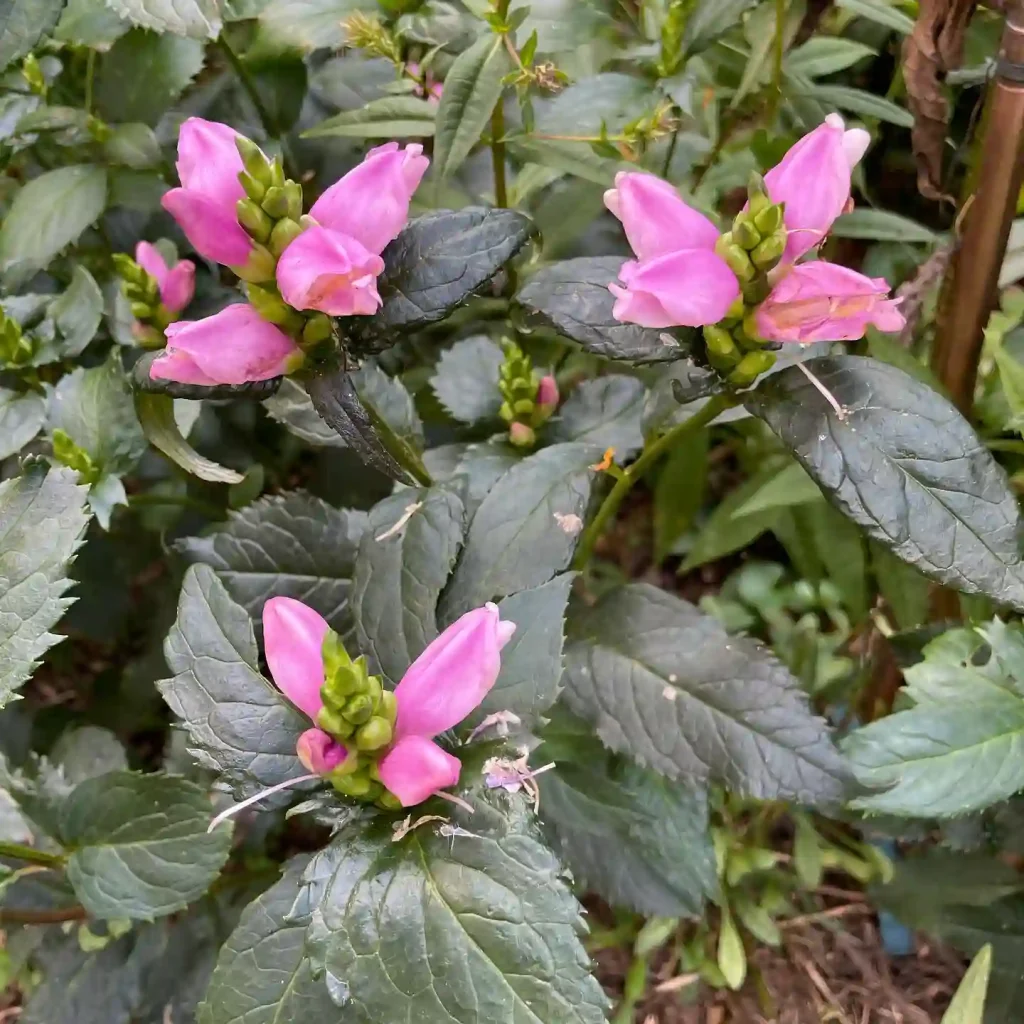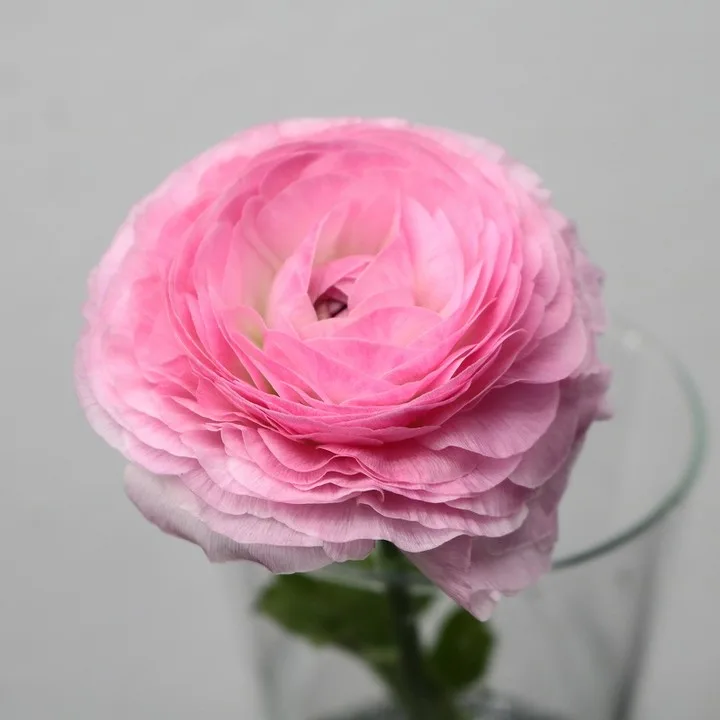
Frequently Asked Questions About Calocedrus Decurrens
Calocedrus Decurrens, commonly known as the Incense Cedar, is a remarkable tree that captures the essence of the western North American landscape. As someone who’s fascinated by the beauty and utility of this tree, I often find myself fielding questions from curious plant enthusiasts. If you’re one of those intrigued by the allure of Calocedrus Decurrens, this article is for you. Here, I’ll address some frequently asked questions about this magnificent tree.
What Is Calocedrus Decurrens?
Calocedrus Decurrens, or Incense Cedar, is an evergreen tree native to the western United States, primarily found in California, Oregon, and Nevada. This tree is known for its tall, columnar shape and aromatic wood, which has a distinct, pleasing fragrance. The tree can reach impressive heights, sometimes growing up to 150 feet tall in the wild. Its bark is thick, fibrous, and reddish-brown, adding to its visual appeal.
Plant Family: 30 Genera in Cupressaceae
What Family Does Calocedrus Decurrens Belong To?
Calocedrus Decurrens belongs to the Cupressaceae family, commonly known as the cypress family. This family includes a wide variety of coniferous trees and shrubs, many of which are valued for their timber, ornamental qualities, and aromatic properties. Other well-known members of the Cupressaceae family include the giant sequoia, cypress trees, and junipers.
How to Identify Calocedrus Decurrens?
Identifying Calocedrus Decurrens is relatively straightforward once you know what to look for. The tree’s most distinguishing feature is its scale-like, dark green leaves, which grow in flattened sprays. These leaves are arranged in opposite pairs, giving the foliage a unique, symmetrical appearance. The bark is another key identifying feature—deeply furrowed and reddish-brown, it exudes a pleasant scent when rubbed or crushed. Additionally, the tree produces small, oval-shaped cones that are about half an inch long, which mature from green to brown.
How to Care for Calocedrus Decurrens?
Caring for Calocedrus Decurrens is relatively easy, making it a popular choice for landscapers and gardeners. This tree prefers well-drained soils and can tolerate a range of soil types, from sandy to clay. It thrives in full sun but can also grow in partial shade. Regular watering is essential during the first few years to establish a strong root system, especially in hot, dry climates. Once established, Incense Cedar is quite drought-tolerant. Pruning is generally not necessary, except to remove any dead or damaged branches.
Can You Grow Calocedrus Decurrens Indoors?
Growing Calocedrus Decurrens indoors is not practical due to its size and growth habit. This tree is best suited for outdoor planting, where it can have ample space to reach its full height and spread. If you’re looking for a similar plant to grow indoors, consider smaller members of the cypress family, such as certain types of junipers or dwarf conifers.
How to Propagate Calocedrus Decurrens?
Propagating Calocedrus Decurrens is typically done through seeds, although it can also be propagated via cuttings. To grow from seeds, collect mature cones and extract the seeds. Sow the seeds in a well-draining potting mix and keep them in a cool, shaded area. Germination can take several weeks to months, so patience is required. For cuttings, take semi-hardwood cuttings in late summer or early fall and plant them in a rooting medium. Keep the cuttings moist and in a humid environment until roots develop.
Where to Buy Calocedrus Decurrens Trees?
Calocedrus Decurrens trees can be purchased from a variety of sources. Local nurseries and garden centers that specialize in native plants are often a good place to start. Additionally, many online plant retailers offer Incense Cedar seedlings or young trees, which can be shipped directly to your home. When buying online, ensure that the supplier is reputable and that the trees are suited to your specific climate zone.
Is Calocedrus Decurrens Toxic?
Calocedrus Decurrens is not considered toxic to humans or animals. However, as with many plants, it’s advisable to handle it with care. The wood and foliage contain natural oils that could cause mild skin irritation in sensitive individuals. Always wash your hands after handling the plant to avoid any potential discomfort.
What to Plant with Calocedrus Decurrens?
When planning a garden with Calocedrus Decurrens, consider companion plants that thrive in similar conditions. Good companions include other drought-tolerant, sun-loving plants such as lavender, sage, and ornamental grasses. These plants not only complement the Incense Cedar’s appearance but also create a low-maintenance, cohesive landscape.
Common Problems with Calocedrus Decurrens
Calocedrus Decurrens is generally a hardy and disease-resistant tree. However, it can occasionally be affected by pests such as aphids, scale insects, or spider mites. Fungal diseases can also occur, especially in overly damp conditions. To prevent problems, ensure proper spacing for good air circulation, avoid overwatering, and monitor for signs of pests or disease.
Benefits of Calocedrus Decurrens
The benefits of Calocedrus Decurrens are numerous. This tree provides excellent privacy when used as a windbreak or screen due to its dense foliage. Its aromatic wood is not only pleasant to smell but is also used in making pencils, cedar chests, and fence posts. The tree’s natural oils are resistant to insects, making its wood highly durable. Additionally, the Incense Cedar plays an important role in its native ecosystem, providing habitat and food for various wildlife species.
Comparing Calocedrus Decurrens with Similar Trees
Calocedrus Decurrens is often confused with other members of the cypress family, such as the Western Red Cedar (Thuja Plicata) and the Port Orford Cedar (Chamaecyparis Lawsoniana). While they share some similarities, there are distinct differences. For example, the Western Red Cedar has a more reddish-brown bark and different cone structure, whereas the Port Orford Cedar has a more narrow, columnar form and distinct yellow-green foliage.
Calocedrus Decurrens is a versatile and beautiful tree that offers a range of benefits to any landscape. Whether you’re a seasoned gardener or a novice plant enthusiast, incorporating this tree into your garden is sure to bring both aesthetic and functional value.
If i die, water my plants!



